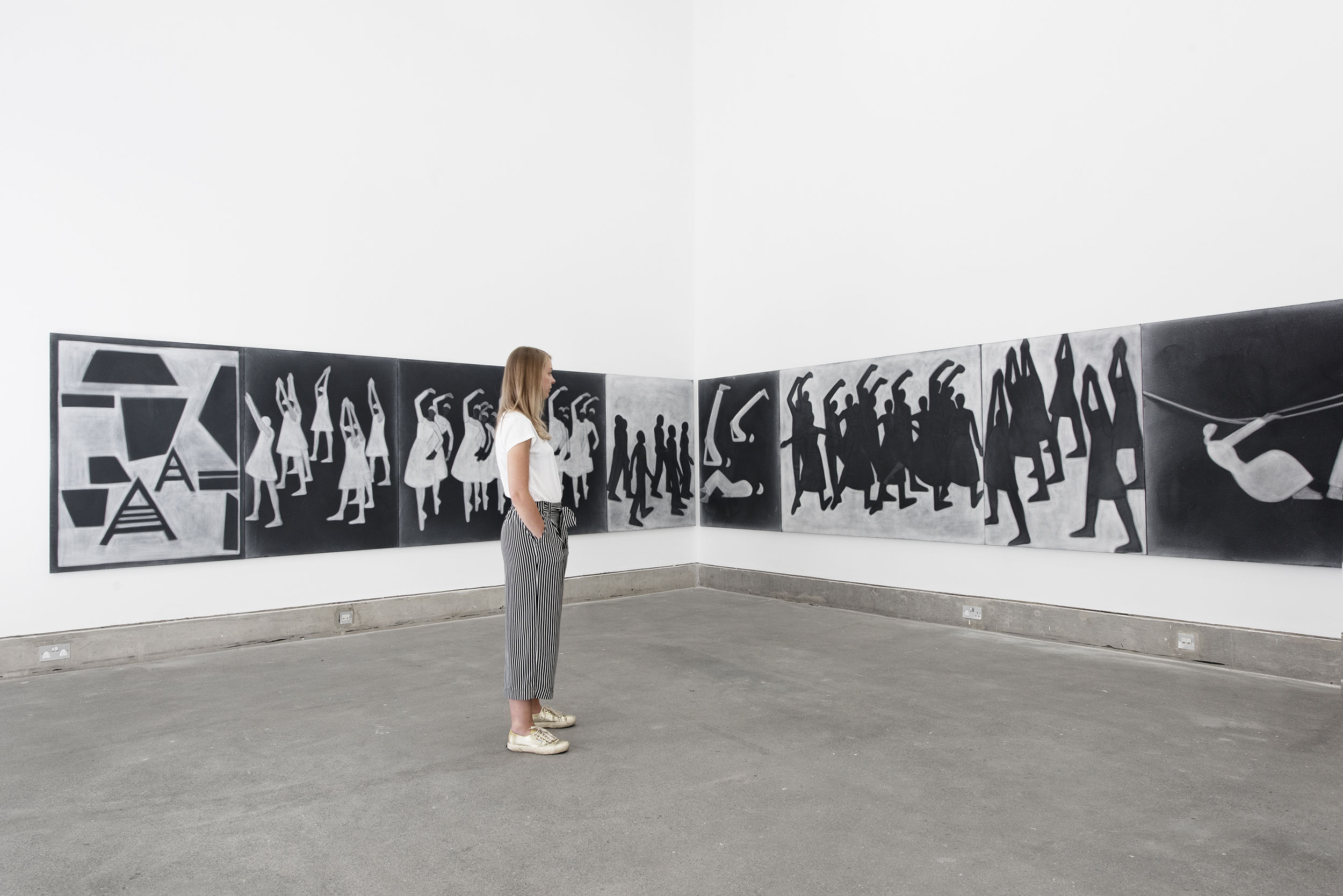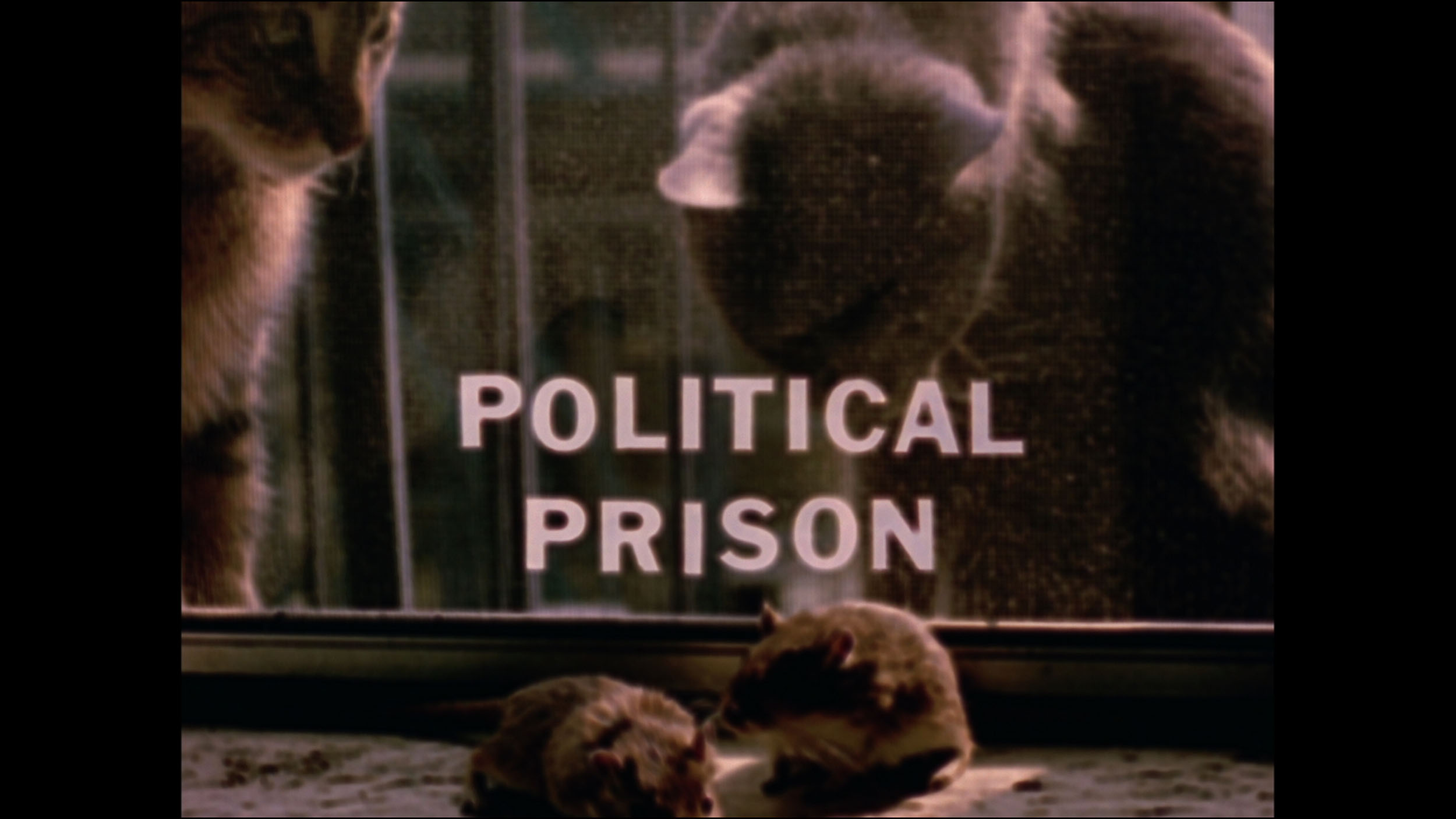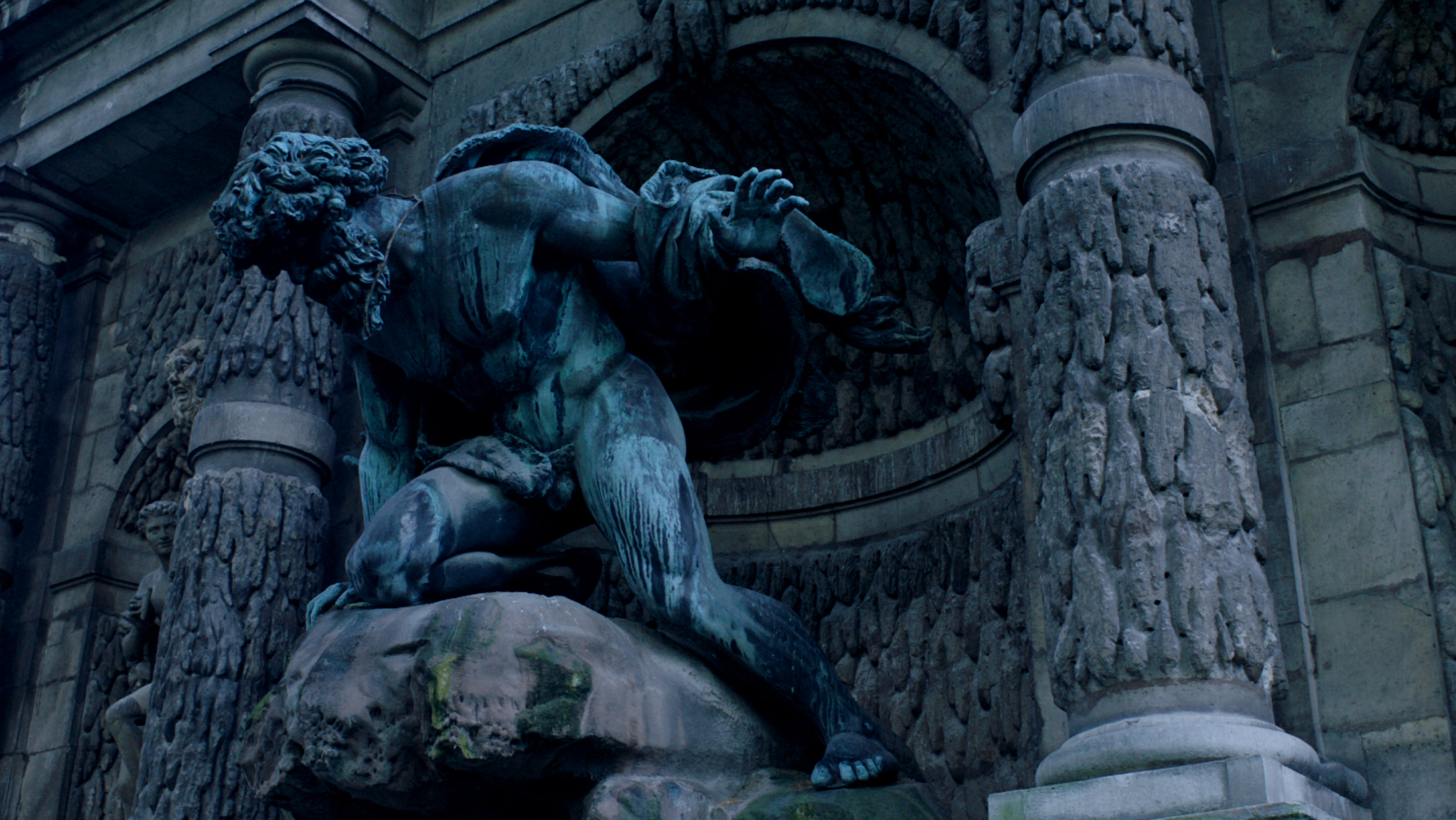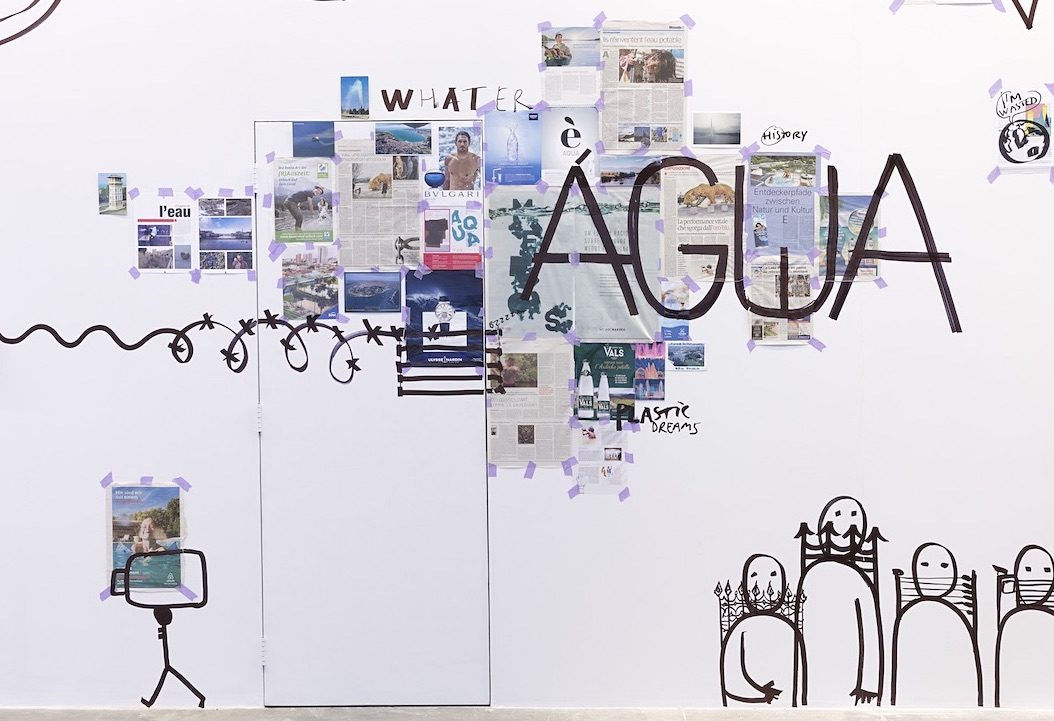Kitty Scott
Biennials Are All Over…
- 17.12.2018
Melanie Smith, detail of Maria Elena (film still), 2018 Photo: Julien Devaux
All images: Liverpool Biennial 2018: Beautiful world, where are you?
Strolling past megayachts on the Venetian fondamenta this summer, or even reading the critical responses of some Athenians to documenta 14’s desire to ‘learn from Athens,’ it is easy to decide that – at any substantial level of analysis – biennials do not really much matter. The model, we could say, is showing its age. While it has existed for over a century now, with the first, La Biennale di Venezia, dating back to 1895, the modern era of the biennial dates to the momentous years between the fall of the Berlin Wall in 1989 and the dissolution of the Soviet Union in 1991.
Melanie Smith, detail of Maria Elena (film still), 2018 Photo: Julien Devau
All images: Liverpool Biennial 2018: Beautiful world, where are you?
The bipolar world order imposed after the Second World War, with the global dominance of the two hegemonies of the northern hemisphere – the USA and the USSR – appeared to give way to a new, polycentric world. This reconfiguration heralded a gradual shift away from a conception that contemporary art was produced in a small number of Western European and North American metropolises, with New York at the forefront. Soon exhibitions in Istanbul, Moscow and Sydney could be as accessible, and as recognised, as those in the galleries of the dominant art capitals of the postwar era. The so-called ‘end of history’ promised to be a good moment for contemporary art, with a levelling of formerly secure (post-) modernist hierarchies and a widespread expansion of our understanding of the multiplicity of art’s histories.
And it was, in many ways. We have benefited greatly from the expansion of our knowledge of art beyond the strict geographic confines of the postwar years, and by the exploded canon that feminist and postcolonial revisions have provided. Biennials have been absolutely integral to that process, providing spaces in which adventurous curators could share local knowledges with an audience drawn from the global ranks of colleagues, scholars, critics and collectors. The decorous rounds of Venice and Kassel were augmented by Havana, Dakar, Sharjah, Gwangju, Shanghai, Liverpool and many others. The biennial became a means to call attention to new artists, new spaces of creativity, new definitions of artistic production and even, at its limit, new conceptions of the city and its place in the global order. It seemed to herald a flat world where the old, cramped sensibilities shaped under the ominous shadow of the superpowers were no longer valid or helpful. An art history in which Tokyo’s Gutai is as significant as New York’s Happenings, in which the Brazilian neo-avant-garde is equal to that of Paris or Milan or Düsseldorf, is in many ways the result of the radical enlargement of the biennial circuit after 1989.
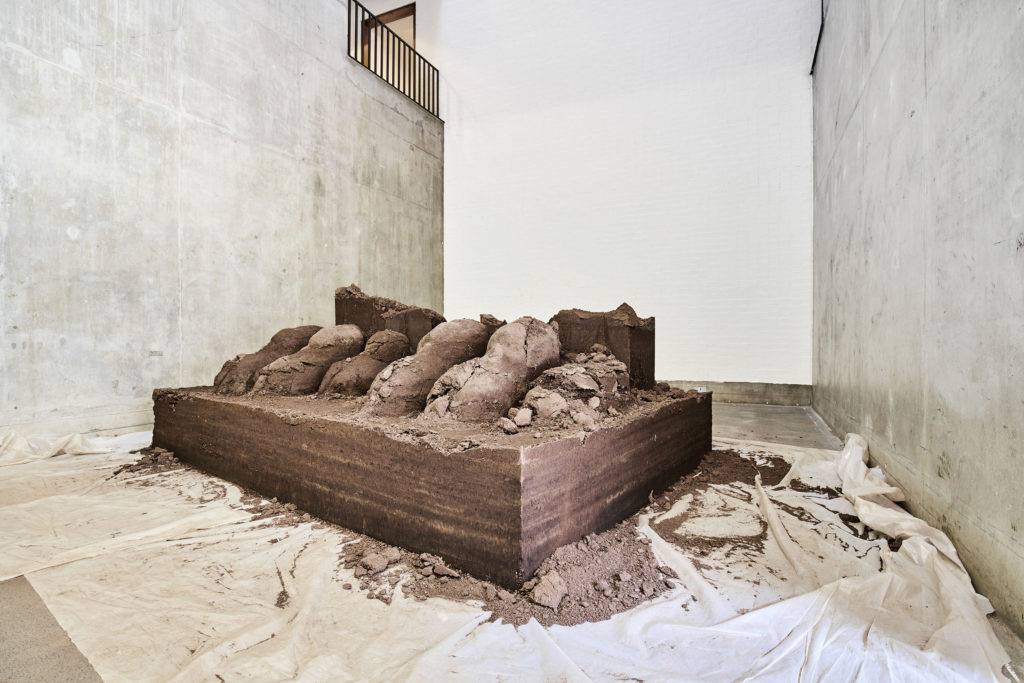
Abbas Akhavan, Variations on Ghost, 2017/2018. Installation view at Bluecoat. Photo: Rob Battersby
Abbas Akhavan, Variations on Ghost, 2017/2018. Installation view at Bluecoat. Photo: Rob Battersby
But with almost three decades’ hindsight, we can now sense the limits of this model. A noticeable exhaustion has set in.Irreducible to the proliferation of the format, it seems to strike at the very core of the project. The utopia of the flat world has proved to be, to a very real extent, indistinguishable from that of a new neoliberal order, in which everything can be reduced to the relation imposed by monetary exchange. Expanding the artistic canon has begun to look like little more than expanding the inventory of galleries and auction houses, and travel to the southern hemisphere’s biennials like a new version of the aristocratic Grand Tour, if not the safari hunt. Art’s reduction to a commodity – or, even worse, to a speculative instrument – certainly cannot be blamed on the biennial, but any honest assessment must admit the congruence of the two phenomena. And this at several scales, from that of collectors searching for a lead on new talent to that of urban promoters seeking to consolidate a city’s status for a worldwide ‘creative class.’
This imbrication of culture and economy has always been there, and it has marked the development of the biennial model from the very beginning; what has changed in these last few years is our ability, or perhaps our willingness, to overlook it. The curatorial team of the latest documenta attempted to address this nexus and should be given credit, whatever one’s assessment of their relative success or failure. But the question remains: Why do these city-based, iterative events continue to matter? Is it possible to disentangle the optimism of their cosmopolitan vision of contemporary art from the cynicism of the financial globalism that sustains them? As a curator, I cannot provide any definitive answer – or rather, I cannot believe any such answer is forthcoming. Instead, I choose to operate within the narrow space between these duelling realities and make an exhibition. At its best, the structure of the biennial opens a fold in space and time: a pocket that, though fragile and ephemeral, nevertheless exists outside of the rigid bureaucracies of more traditional institutions like the museum or the gallery. In developing the next Liverpool Biennial for summer 2018, for example, my team and I are seeking in part to literally fold the exhibition into the network of institutions that make up the city’s culture – allowing us to discover new works of art alongside others that have long found a home there, each inflecting the meaning, the space and the time of the other. Hopefully such strategies open up spaces for new kinds of thinking – we are finding out as we develop the biennial.
ABOUT THE AUTHOR
Kitty Scott is the Carol and Morton Rapp Curator, Modern and Contemporary Art, at the Art Gallery of Ontario in Toronto. Previously she was Director of Visual Arts at The Banff Centre in Canada, Chief Curator at the Serpentine Gallery in London, and Curator of Contemporary Art at the National Gallery of Canada in Ottawa. She was a core agent for dOCUMENTA (13) in 2012 and is co-curator of Liverpool Biennial 2018.
Author’s name, “Title,” in PASS: Journal of the International Biennial Association (Month Year), URL.

